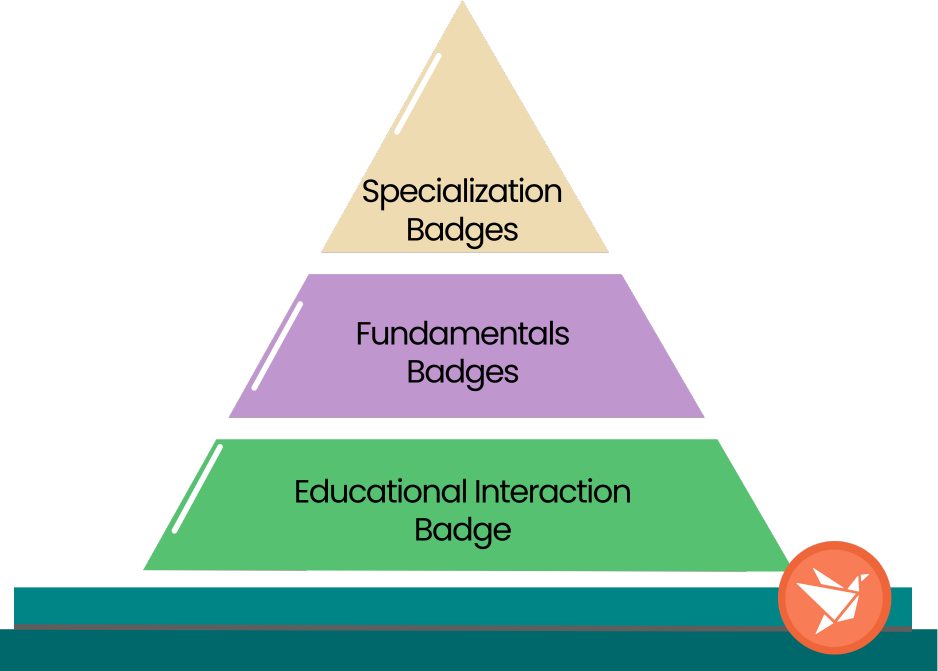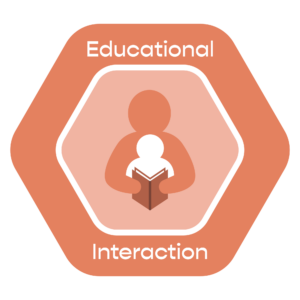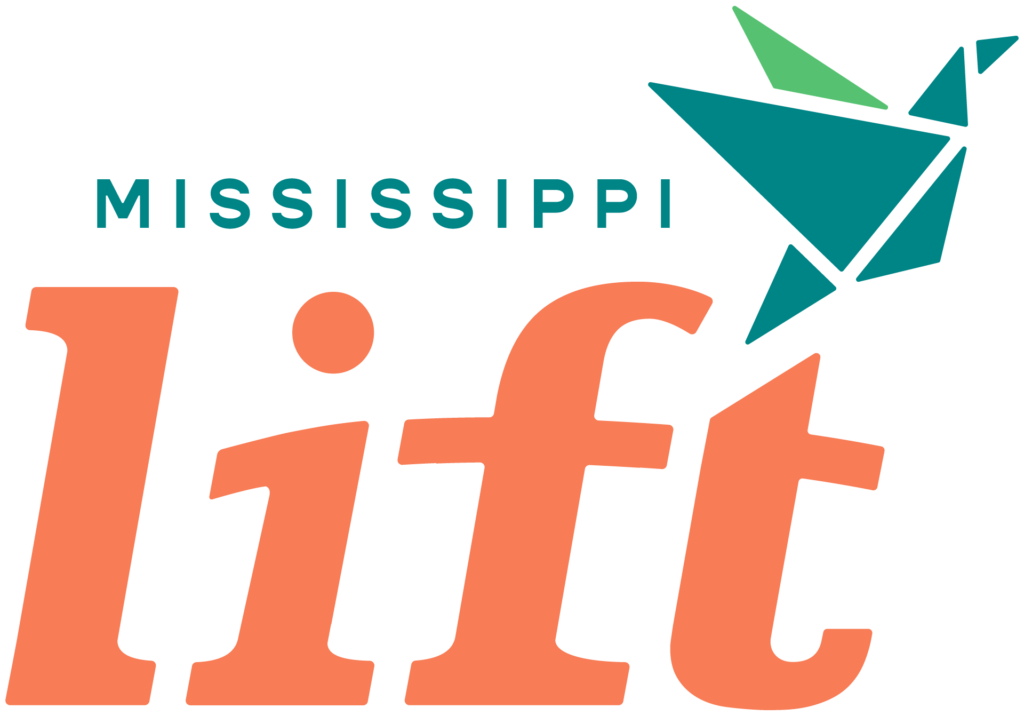
ELEVATE: The Badging System
ELEVATE: The Badging System offers a novel yet familiar approach to recognizing quality in early childhood education. Unlike the traditional star ratings used by most states, which often condense various aspects of a program into a single score, our badging system breaks down these elements into meaningful, distinct badges. This method acknowledges the many nuances of early childhood programs, providing a clearer representation of their specific services.

Building Quality from the Foundation
Key Features of the Badging System:
-
Educational Interaction Badge: Represents the essential teacher-child interaction, akin to the foundation of a house.
-
Fundamental Badges: Address the developmental needs of children across different age groups, from infants to school-aged children, including those with special needs.
-
Specialization Badges: Highlight specialized services that a program may offer to meet specific family needs.
What badge are providers currently working for in ELEVATE: Phase 1?

The Educational Interaction Badge
The Educational Interaction Badge indicates that a child care program provides positive, educational interactions between their teachers and children enrolled in their programs. This badge is earned through an evidence and research-based observation tool that is used nationwide to assess teachers in child care and Pre-K classrooms.

How will programs get the first badge (phase 1)?
To earn the first badge, known as the Educational Interaction Badge, programs must undergo a comprehensive assessment of teacher-child interactions in the classroom. This badge emphasizes the importance of these interactions in early childhood education, particularly for children from birth to five years old.

What is the assessment process for the badge?
The assessment utilizes the Classroom Assessment Scoring System (CLASS), chosen for its research-based approach to evaluating the quality of teacher-child interactions. CLASS examines various aspects, including:
-
The quality of conversations between teachers and children.
-
Teachers’ responsiveness to children’s ideas. The tone and intonation used by teachers. The presence of any negative interactions and strategies to address them. CLASS also offers pathways for professional development, helping teachers improve their skills by building on their strengths.

